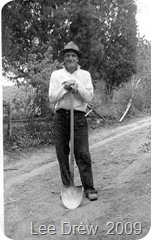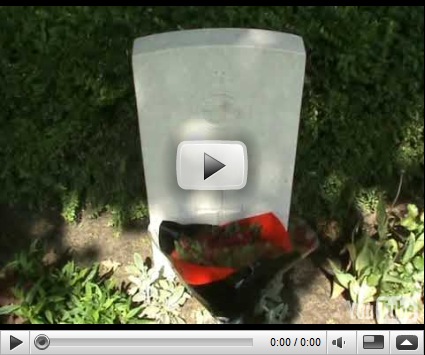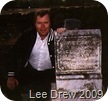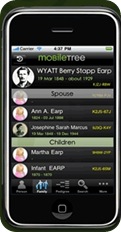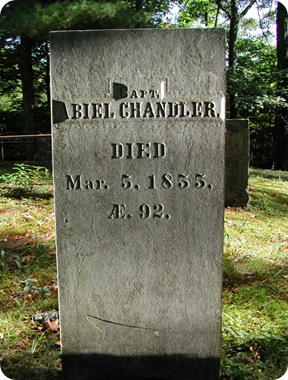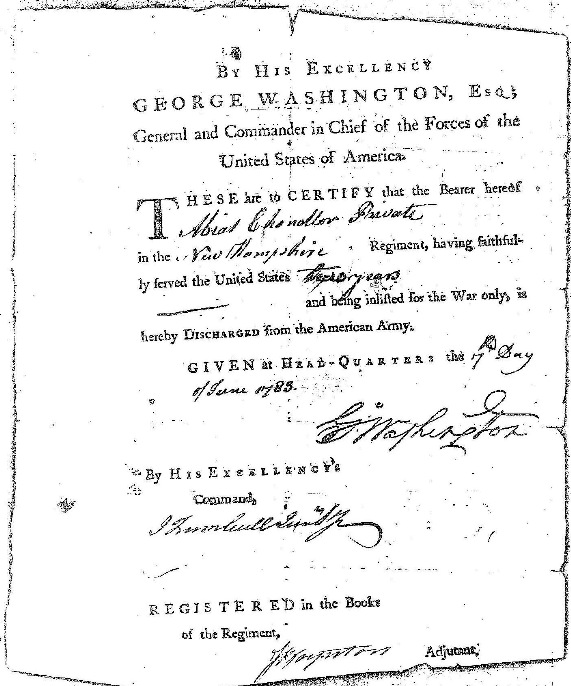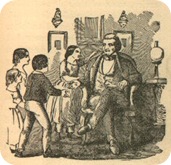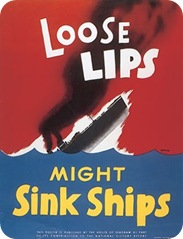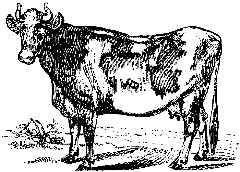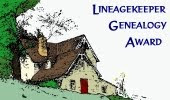After researching my ancestry for the majority of my life, I started to think that I was doing a great job. Then I decided to print a sixteen generation pedigree chart using OnePage Genealogy at BYU.
I’d better live a LONG time yet if I’m going to populate the entire chart. There is a LOT of missing ancestral information in my records.
 My mother spent the second half of her life researching her ancestry and also made great headway on my fathers lineage. I helped her in the quest as a young man and knew how thick her old genealogy books were. It seemed like she had found it all. The charts in the books never seemed to end.
My mother spent the second half of her life researching her ancestry and also made great headway on my fathers lineage. I helped her in the quest as a young man and knew how thick her old genealogy books were. It seemed like she had found it all. The charts in the books never seemed to end.
New resources emerged after I started the quest in earnest that helped me add significantly more information to the family tree than Mom had found in the limited resources available to her.
Ten years ago, I was feeling pretty good about my work and created a twelve generation circle chart. The darned thing looked like it was a blank chart! I had over 250,000 family records in my direct line database. Why didn’t all those names completely populate the chart, so I could take pride in my work?
Well, just like most of you, the relatively few brick walls in my ancestral quest occur relatively close to us in time and that precipitates much of the white space on the chart.
Each generation doubles the number of ancestors in your tree. Block your knowledge of their names early on and the white space wedge on your chart rapidly widens with each succeeding generation.
Flash forward one decade. My research has been rewarded with substantial finds. The new printing of the circle chart had a lot less white space, but truth is, I’m still just starting in my personal ancestral quest. The majority of my father’s paternal lines tie to royal lines in the late 1500’s, so most of them are known and fairly well documented back in time. His maternal lines don’t fare as well as you can see in green in the image.
Unfortunately, all of the research by my mother and myself on her lineage has been less rewarding. Rather than descending from royalty like my father did, her ancestors were all common folks: farmers, sheepmen, butchers and tailors. (red and yellow in the image) Their lineage is hard to trace once I cross the 1650 C.E. year boundary.
One of my maternal lines ties to famous Dutch painters and to the Dukes of Pomerania, so they have been easier to trace, but the other lines have hit that magic ‘edge of paper’ (records) boundary and I probably won’t find much if any more of their lineage. I won’t give up, but don’t expect to have a lot of success.
I like the charts from OnePage Genealogy and opted to print the largest chart size available. It stretches six feet in length and three and a half feet in width. The Mary Hill coloring system is used to delineate the main lineal branches on the chart. Unfortunately, the bright colors used for maternal lineages in the system are not well represented on my chart. White space is still white space. You don’t print colored empty boxes just for balance.
I’ll continue to look for my lineage and as success comes will print another large chart. If nothing else, the gaping inadequacy associated with my maternal lineages will goad me to never stop looking for them. Nature abhors a vacuum.
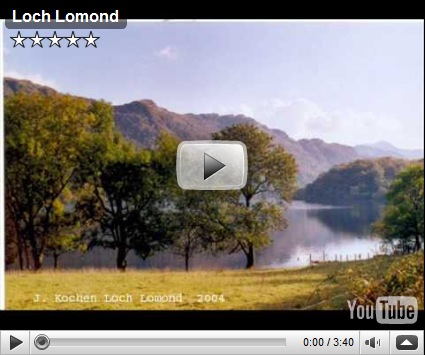

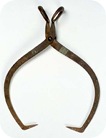
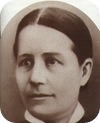

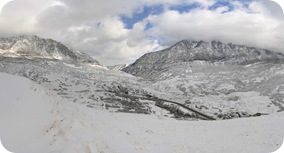
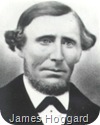
 James Hoggard
James Hoggard

